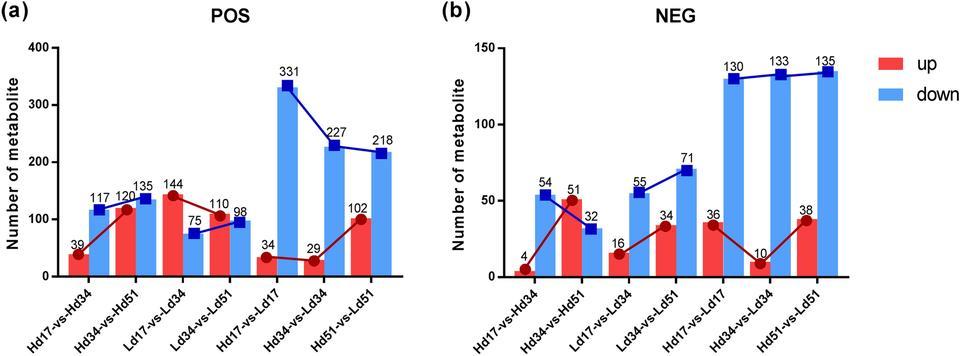A traditional Chinese medicine, the dried sclerotia of Wolfiporia cocos (Schwein.) Ryvarden and Gilb., has a history dating back more than 2000 years. The main active components of W. cocos are polysaccharides and triterpenoids1, of which polysaccharides (β-pachyman) and triterpenoids (Lanostane type and 3, 4-cyclolanolin types) are the main chemical components2. In the past two decades, researchers in Japan and China have isolated almost all triterpenoids from W. cocos, which are derivatives of lanosterol or secondary lanosterol1. Triterpene saponins are secondary metabolites of plants and participate in the regulation of plant communication, defense, and sensory functions3. Modern pharmacology studies have shown that triterpenoids in W. cocos have antitumor4,5, enhanced immunity6,7, reduced blood sugar8,9, antioxidant10, anti-inflammatory11,12, kidney disease treatment13,14, diuretic15,16, hepatoprotective17,18, antiemetic19, anticonvulsant20, and whitening21 effects, among others. Therefore, triterpenoids in W. cocos have an extensive and important role in future medical applications.
W. cocos is an aerobic saprophytic fungus which is parasitic in the roots of pine trees such as Pinus densiflora and Pinus massoniana Lamb.. The demand for large scale development of W. cocos conflicts with the protection of pine resources. The wood resource problem has become the main bottleneck in the sustainable development of W. cocos. Industrial production of triterpenoids by fermenting hyphae has practical significance in terms of speed, efficiency, and environmental protection. Among the factors affecting fermentation efficiency, the acquisition of superior strains and the expression of key genes of triterpenoid biosynthesis and their regulatory mechanism are problems that need to be solved urgently.

Following genomics, transcriptome and proteomics, metabonomics is a newly developed discipline. It takes metabolite molecules in biological systems as the object, and uses modern instrumental analysis methods with high throughput, sensitivity and resolution, combined with pattern recognition and other stoichiometric methods, to analyze the change in metabolites over time after stimulation or disturbance of the biological system. Since the qualitative and quantitative conditions of all metabolites in an organism are examined, the metabolome can comprehensively reflect the metabolic conditions of the biological system under study.
Our research team obtained genes related to the high accumulation of triterpenoids through transcriptome analysis, and in this study we aim to identify the key genes related to the synthesis and accumulation of triterpenoids through metabonomics analysis combined with transcriptome analysis. The results will provide a theoretical basis for regulating the production of triterpenoids by fermentation.









